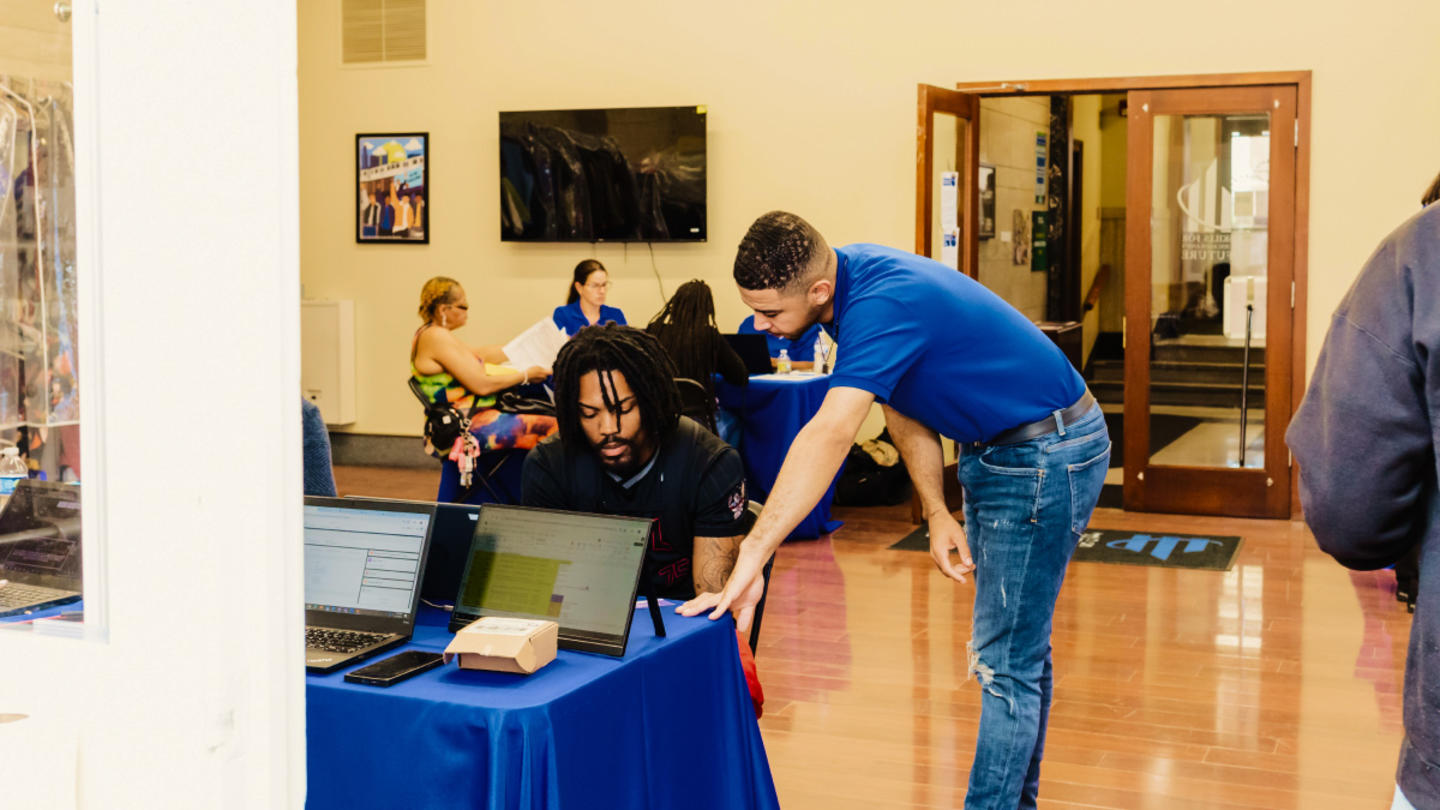This article was originally published by Stand Together Trust.
When pursuing postsecondary education, individuals are often motivated to attain new skills, reach career aspirations, and enrich their lives. For decades, a college degree has been privileged as the best pathway for students, overlooking that millions of people have benefited from non-college pathways as well.
Regardless of one’s education journey, most Americans agree that pursuing an education to reach one’s full potential and contribute to society shouldn’t come with crippling student loan debt.
Yet, more than 40 million Americans currently hold a collective $1.7 trillion in debt. The cost of higher education has skyrocketed over recent years, but the so-called solutions being offered today are the same policies that launched higher ed costs into orbit in the first place. The system is broken and in need of real solutions.
The Supreme Court is expected to rule on Biden v. Nebraska in the coming weeks— a case that could decide the legality of one of President Biden’s key policy priorities: student loan debt forgiveness. The Stand Together community believes President Biden’s proposal would actually make the student loan crisis worse.
Setting aside the questions about the case’s constitutionality, the executive decision to forgive student loans will come with a cost for taxpayers and does nothing to address the root causes of this student debt crisis.
Federal forgiveness of student loans is estimated to cost American families between $500-$650 billion. Furthermore, unilateral loan forgiveness side-steps important considerations for the future of higher education—like how rising costs of college degrees could be curbed going forward and how degree providers should be held accountable to the value proposition they claim to provide.
We need innovation to address the root causes of the crisis, which is why Stand Together believes now is the time to experiment with alternative education pathways and new ways of financing them because doing so will lead to greater competition in the postsecondary education marketplace. The result will spur better and more affordable options for students and employers that incentivize all providers to compete on cost and quality.
Financial risk should be commensurate to earning potential
When a student takes on a loan, they’re assuming a significant financial responsibility and risk, often with only the hope they’ll be able to repay the debt. The consequences of an ineffective federal student loan system perpetuate rising college costs and overborrowing, leaving individuals — especially those facing uncertain job prospects, below-market wages, or underemployment — with debt that exceeds their ability to pay it back, ultimately defaulting on their loans.
Students don’t have to settle for federal student aid policies and an outdated loan system that doesn’t serve them well. Emerging postsecondary education finance models align the incentives for students, funders, and education providers to mitigate the risk of bad outcomes. The new models correlate borrowing and repayment to a student’s future income, making it an attractive alternative to the status quo.
For example, income share agreements (ISAs) enable students to borrow for education based on their future income. Though the full amount of a traditional loan is expected to be paid off by a certain time and monthly payments are static, under an ISA students may pay less or more than the amount financed, and the monthly payments fluctuate based on changes to their income. Additionally, individuals can pause payments during periods of unemployment—meaning that unexpected job loss, leave of absences related to health or family circumstances, and other extenuating life events don’t carry the extra stress of missed payments, increased interest, or loan default.
Better Future Forward (BFF), a Stand Together Trust partner, created the Opportunity ISA to provide access to high quality educational pathways to everyone, especially historically marginalized students. Eighty-one percent of their recipients are first-generation college students.
Funding amounts range from $1,000-$50,000 and the percentage of income that determines minimum payment amounts is based on the funding amount, with a promise that the percentage of income they must repay will not increase over the lifetime of the ISA.
In order for alternative finance models to prove themselves in the marketplace and become a viable alternative for learners, BFF and Jobs for the Future, another Stand Together Trust partner, are building a coalition of innovative finance providers and policy influencers to educate state and federal policymakers and regulators on ISA terms and outcomes and support sensible regulations that provide appropriate guardrails for students.
Tying education funding to income levels isn’t limited by government regulations, though. Merit America, a Stand Together community partner, offers learners education tracks that will prepare them for a career in IT support, Java development, data analytics, and UX design. There are no upfront costs for the learner, and for some courses, they are only required to make payments toward the cost of the program once they secure a job making $40,000 or more.
The value proposition is apparent—they’re so confident a student who completes their program will land a higher paying job that they don’t charge a student until they do.
To make this funding alternative possible, Merit America is leveraging models like Google Career Certificates Fund. Google Career Certificates Fund provides funding for alternative education programs that will fill talent gaps in the job market and enable people from underserved communities to get credentials that result in jobs with high earning potential.
The college-for-all model has not delivered on its promise. Yet, most post-secondary education reforms, like President Biden’s loan forgiveness plan, focus on incremental tweaks to the outdated system instead of exploring innovative solutions already at work to transform the system.
We need policymakers focused on addressing the flaws of the student loan system. But how they solve this problem matters. A unilateral decision to wipe away billions in debt without doing anything to rein in the cost of college will exacerbate the problem. An influx of taxpayer dollars only incentivizes schools to keep costs high. The result is costs will continue to rise and students will increasingly borrow more to cover that cost. These approaches fund the problem instead of fixing it. Real reforms will shift from ballooning subsidies that benefit colleges and instead place accountability on colleges to rein in costs and deliver better value for students and taxpayers.
Learn more about Stand Together’s education reform efforts.



